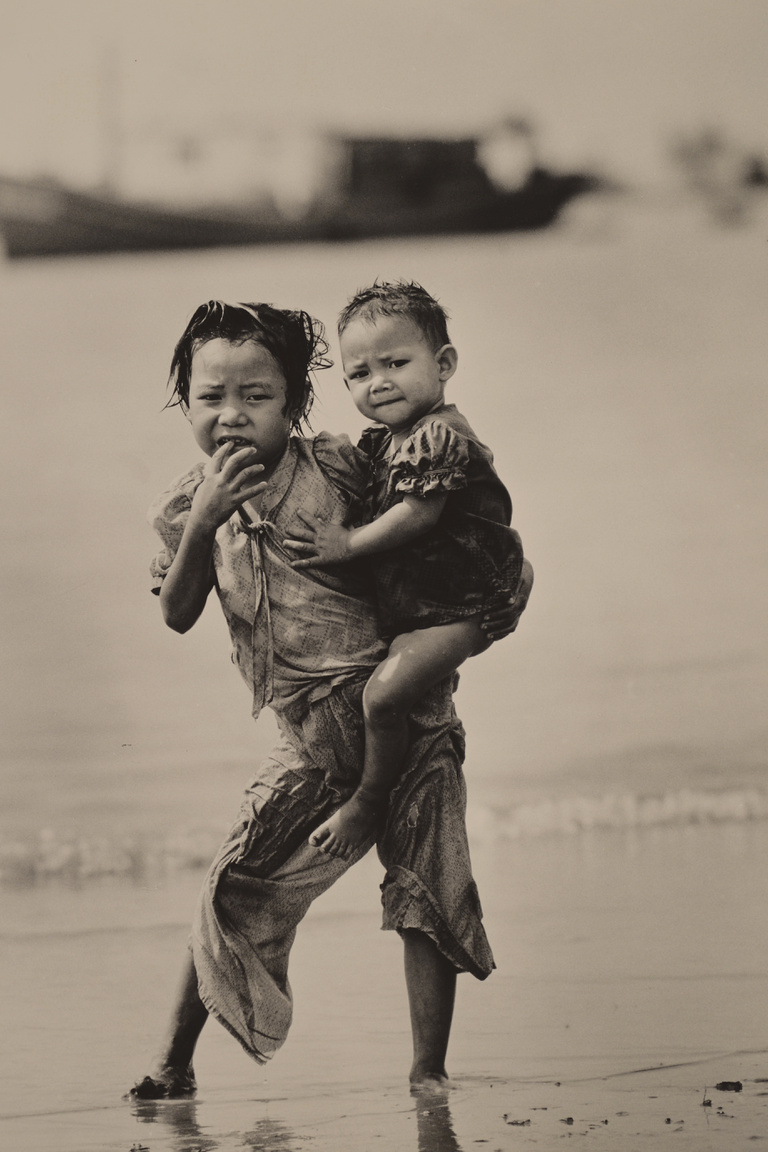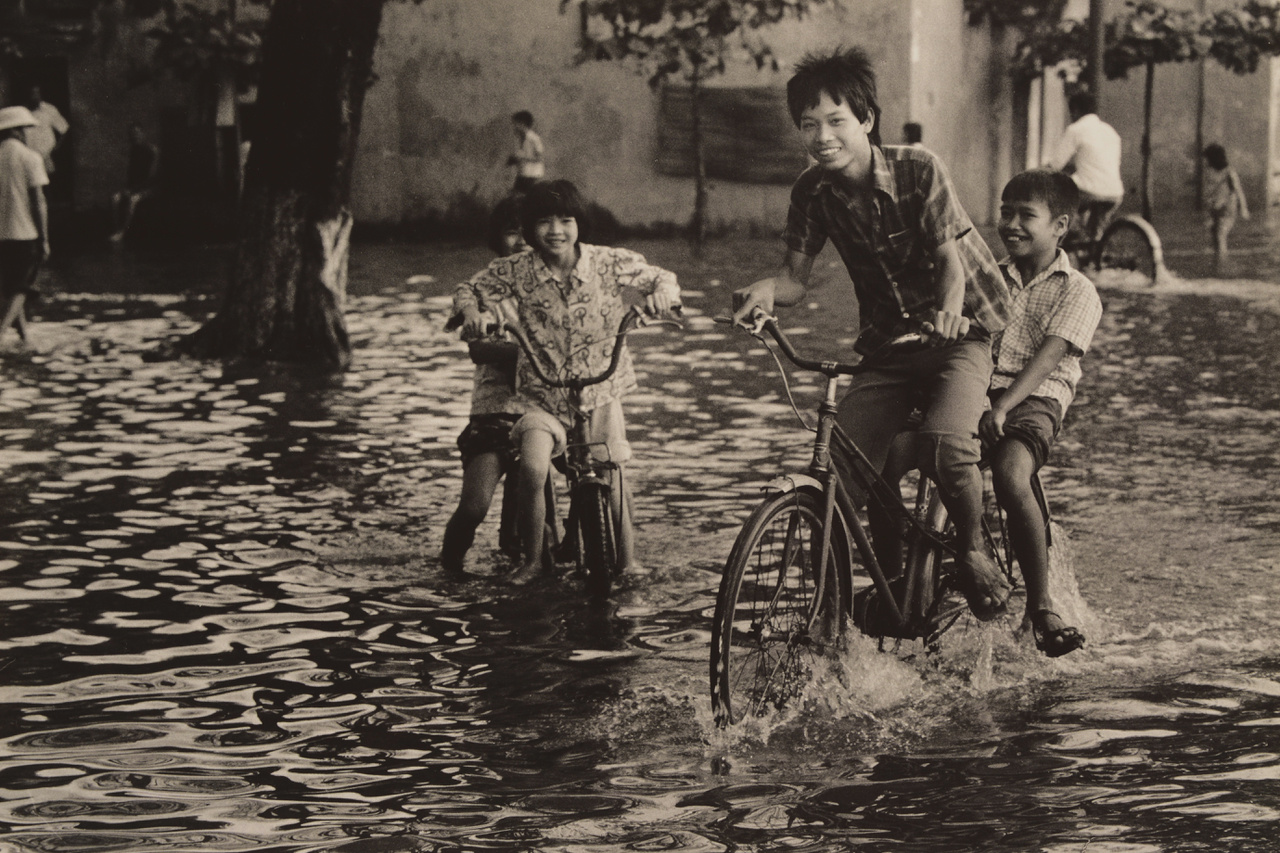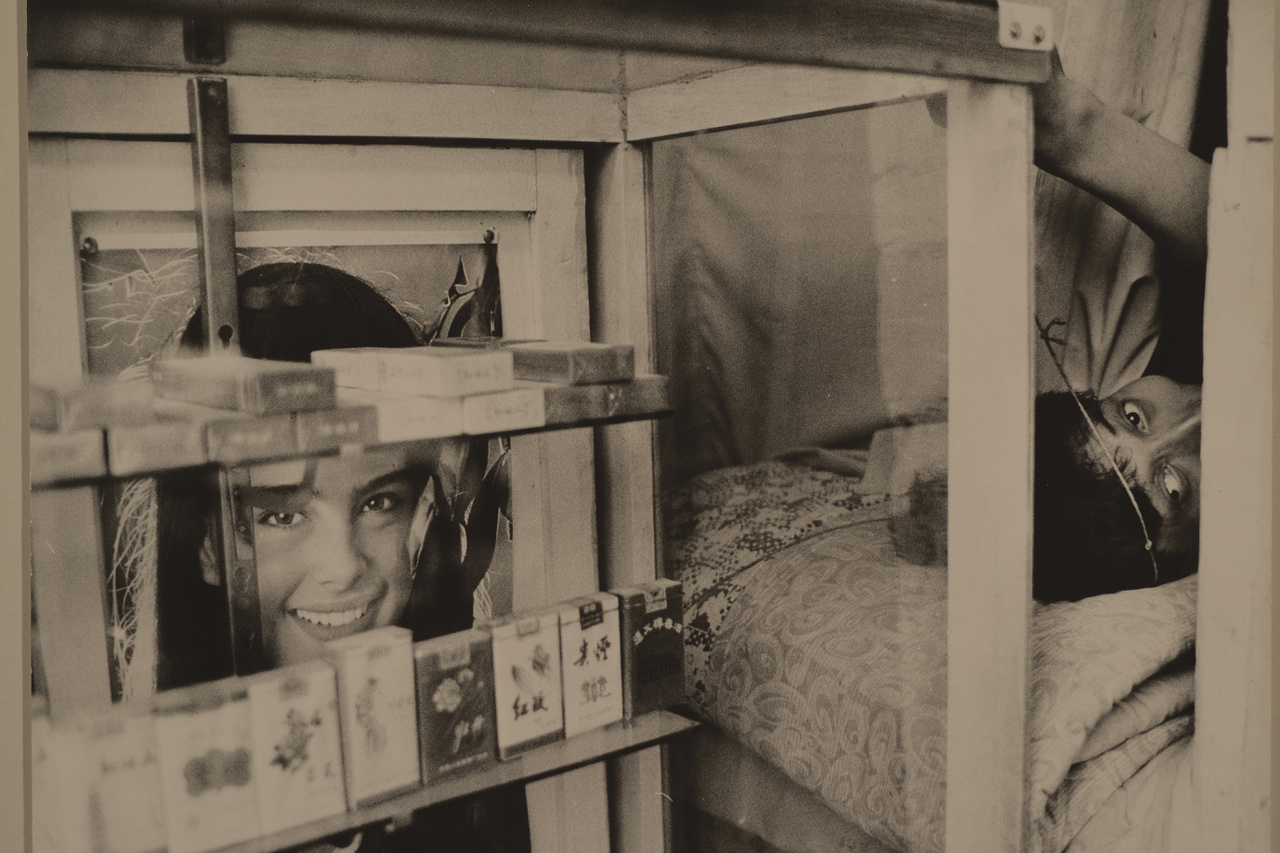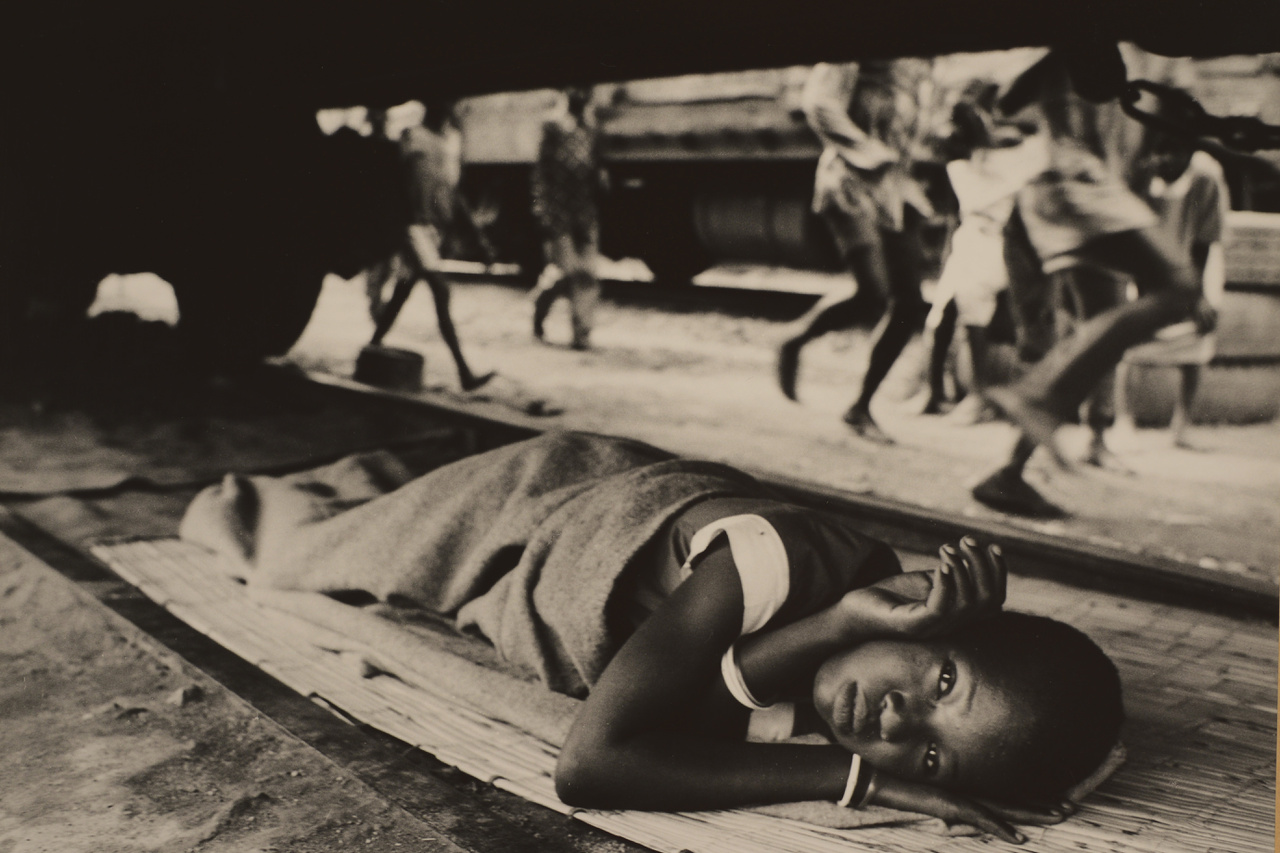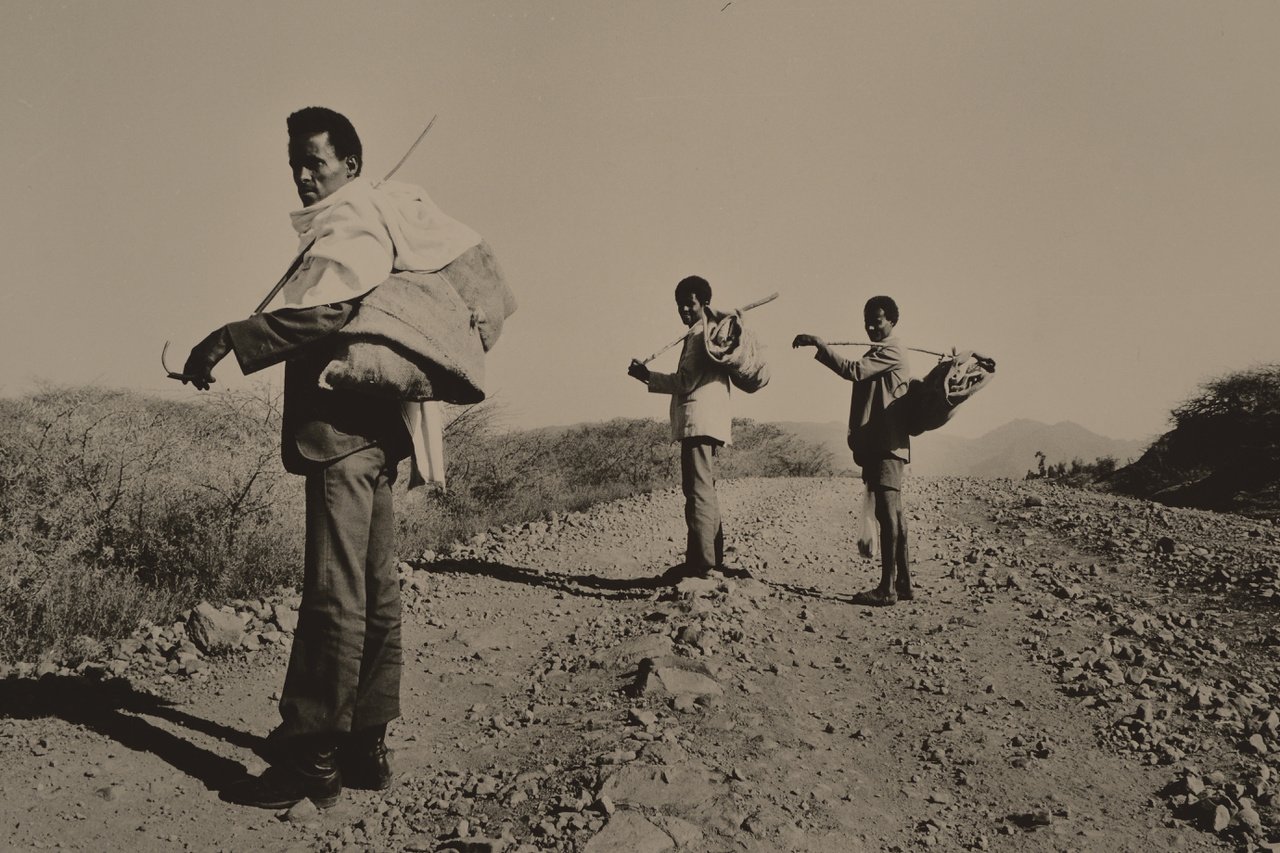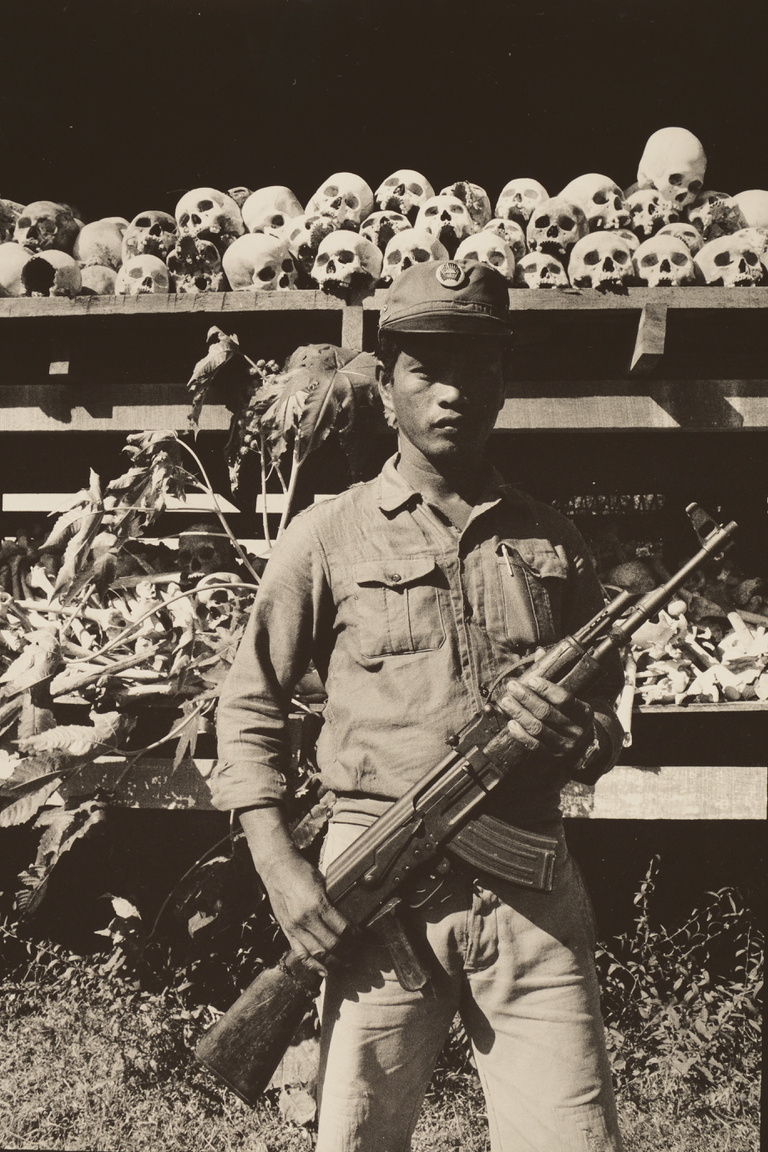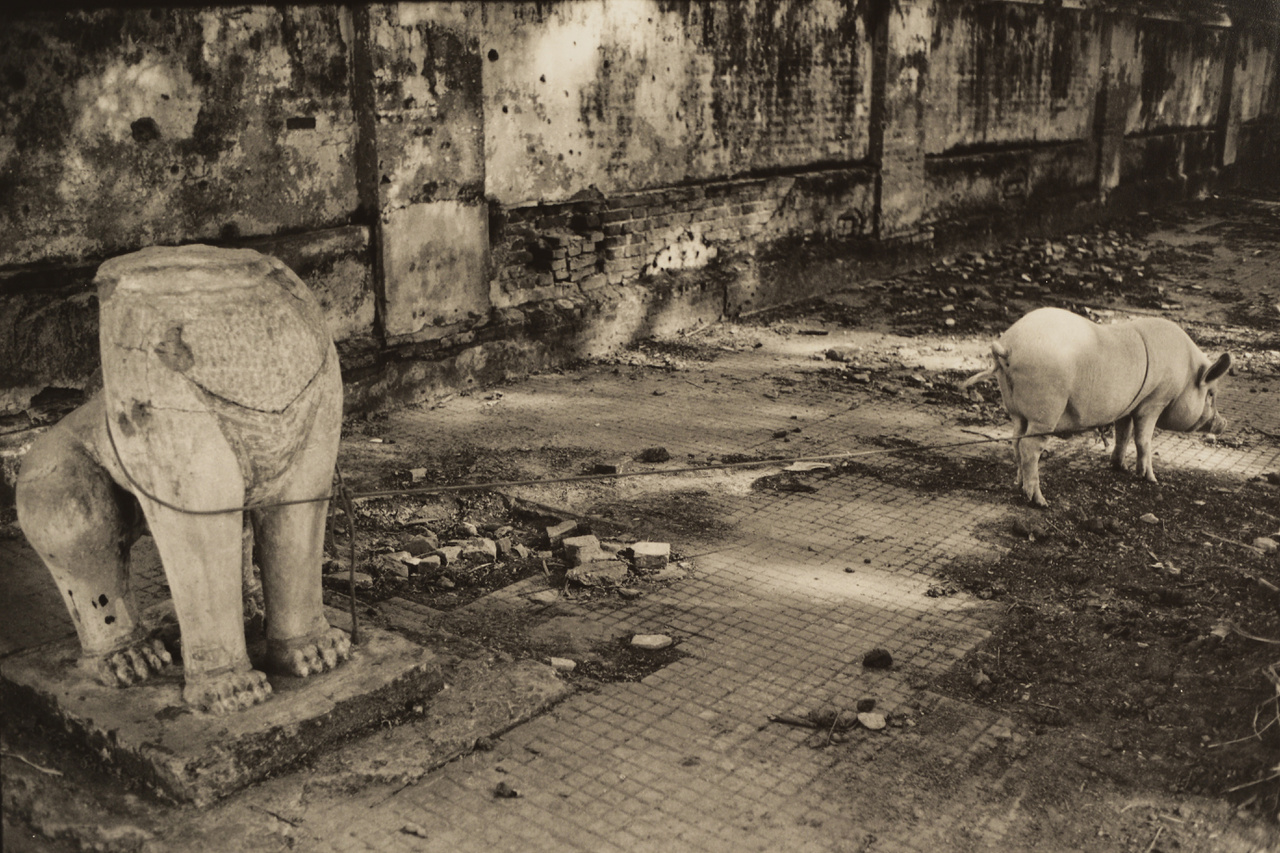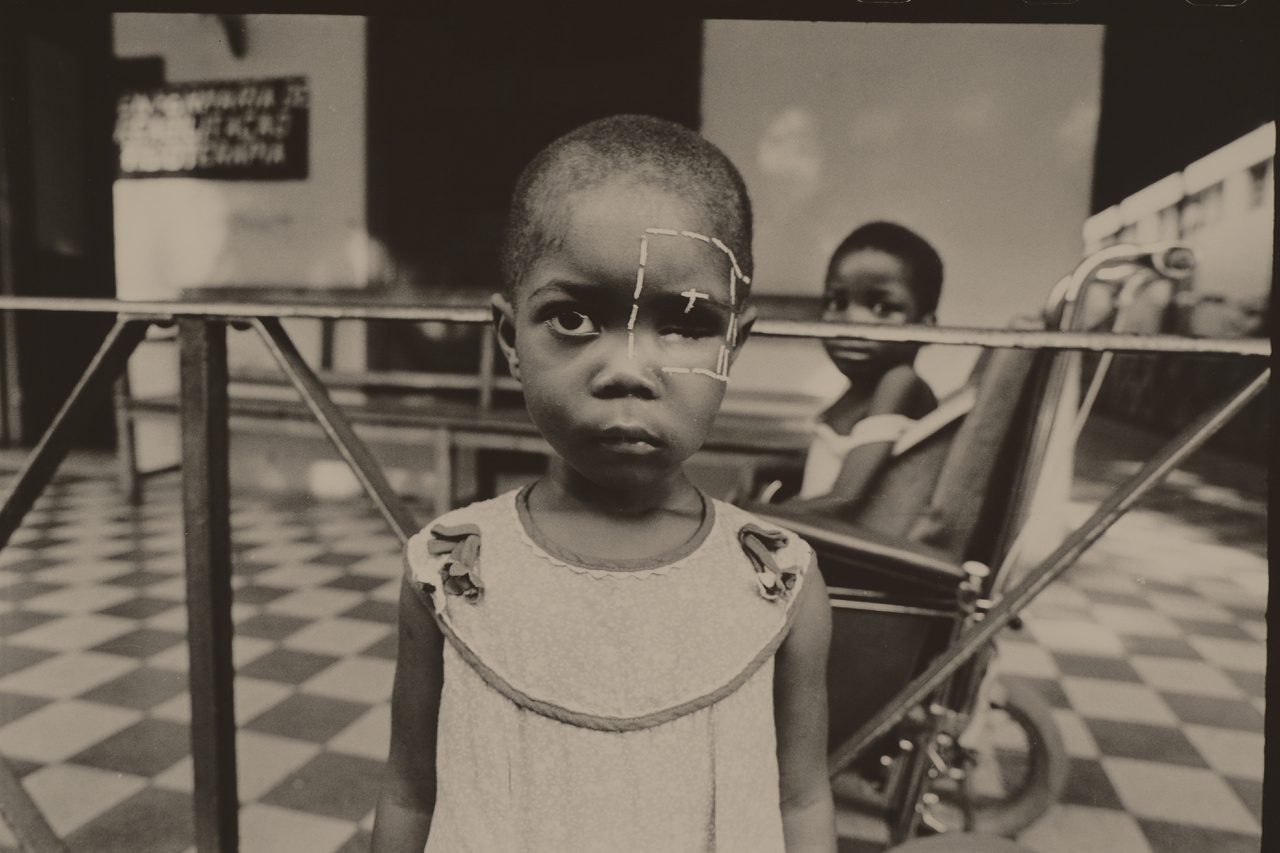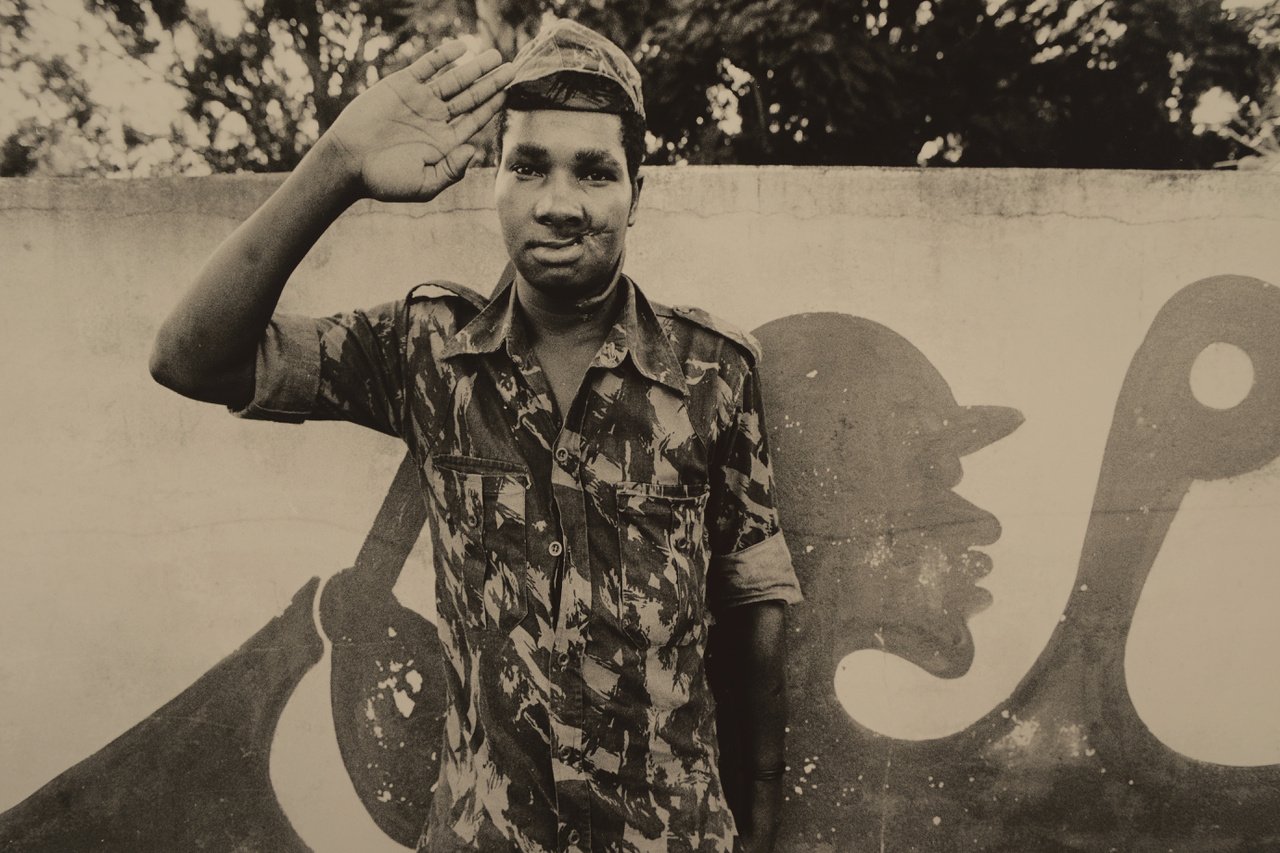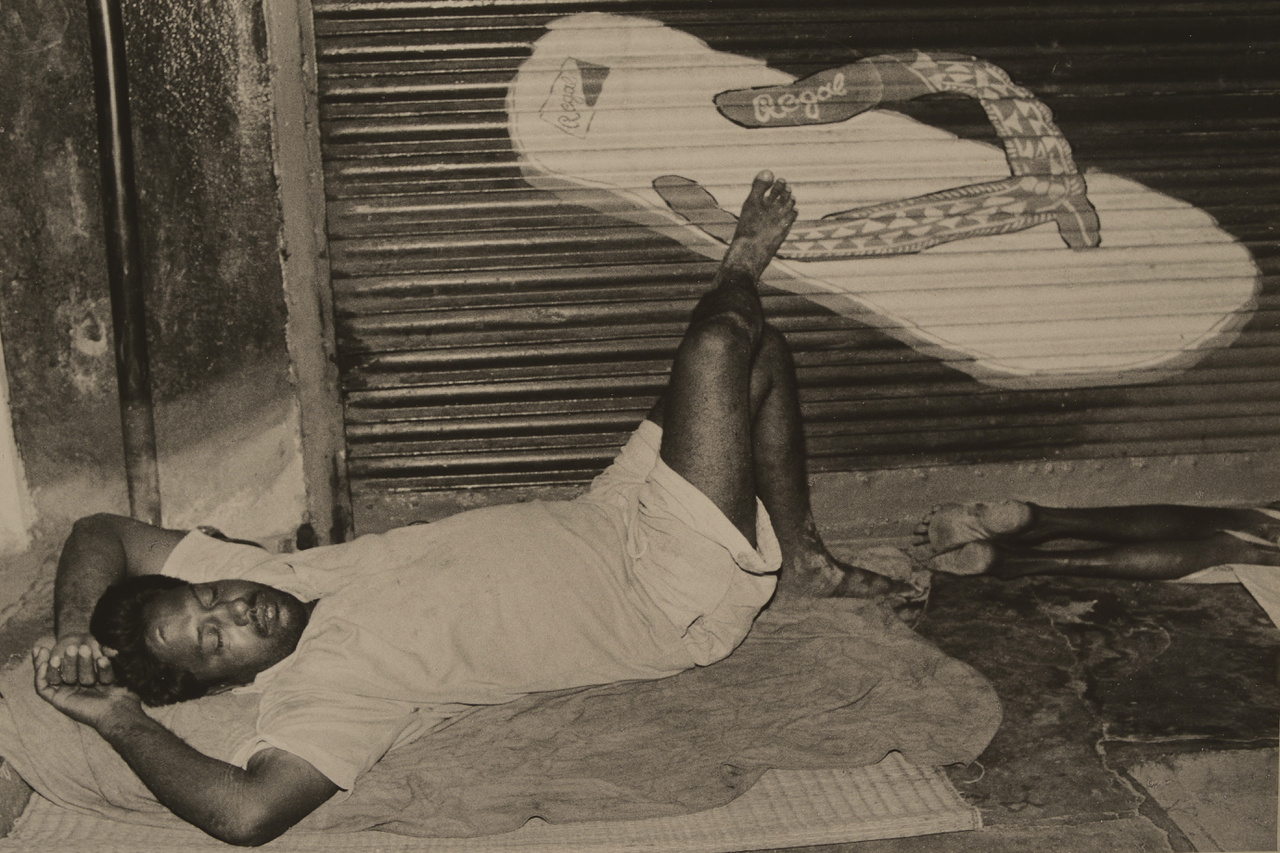As a photojournalist, György Stalter documented the developing socialist countries and of Africa's crisis zones in the 80s and 90s. He photographed the ill-fated yet joyful people of war-torn Vietnam, Cambodia, China, and Cuba that was suffering from US embargo at the time. His latest exhibition titled Old/New Pictures 2. (Régi/Új képek 2.) features hundred and fiftythree photos that did not fit the themes of contemporary newspapers, therefore have never been published before.
Stalter worked at the photo section of the Hungarian Youth Magazine for 20 years starting from the end of the 70s, that is how he had the chance to visit the Far East. "In the 80s it was practically impossible to travel to exotic countries. On top of that, the effects of recent wars and Marxist ideologies could still be felt. As press from a 'friendly country', we managed to go there with exchange programs by affiliated foreign newspapers." In the Far East and in Cuba he could still take pictures rather freely, he added.
Aesthete Péter György wrote this about Stalter's Cuban pictures: "The nostalgic time travel, the slowly disintegrating spaces of colonial architecture, the cars from the 50s, they all help to invoke a sense of touching innocence in the viewer. But the country led by Fidel Castro was a concentration camp the size of an island, even if it seemed like a more benign version. Thousands of those fleeing Cuba were lost at sea. These pictures from Cuba are sensitive snapshots of a world that may just be finally disappearing."In 1998, the International Red Cross and Red Crescent Movement invited Stalter to take pictures of the work they were doing in Africa. He says he often felt himself in danger in the crisis zones of Mozambique, Ethiopia, and Sudan, during the constant civil wars and in the refugee camps. His pictures of the Mozambique civil war mostly feature refugee children at a seemingly derelict train station. As he said in a radio interview, he had a really tough time taking pictures there, as people were mistrustful of him and the task at hand itself was depressing and shocking. "The fate of these people having to withstand the hopeless, desperate circumstances took so much of an emotional toll on me, that - except for the contacts and a few pictures - I haven't touched the films for decades." The films, in the end, turned up a couple of weeks ago, so we are presenting you with a selection of these stunning pictures.

